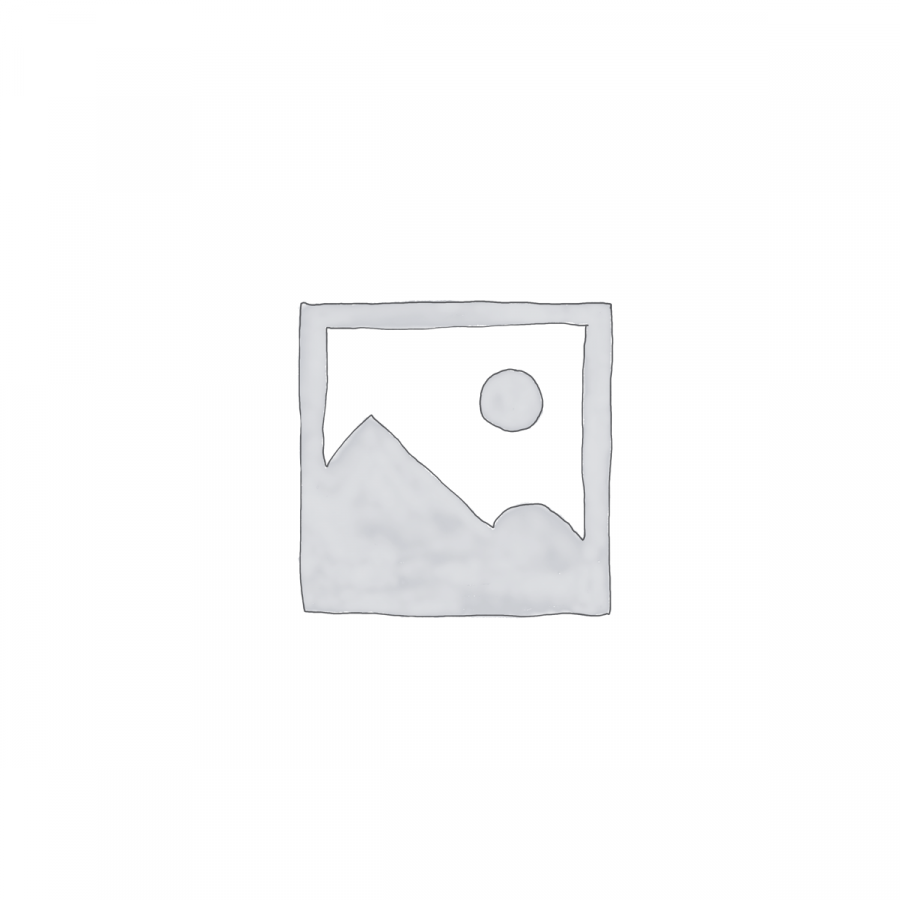Only registered customers who have purchased subscription access to this section of the library can leave a review.

Warp-Field Architecture Based on Structured Casimir–Polder Interactions in BEC-Layered Cavities
1,000,000,000.00 TECHCOIN
Overview
This paper presents a theoretical framework for a propulsion concept based on structured Casimir–Polder interactions within Bose–Einstein condensate (BEC) cavities. By leveraging controlled phase coherence, nanophotonic corrections, and layered compensation fields, the model proposes a method to generate directed gravitational potential gradients.
Such gradients could theoretically produce warp-compatible space-time distortions, enabling novel approaches to interstellar propulsion. While highly speculative, the concept builds upon existing experimental platforms in BEC physics and Casimir–Polder force measurements, and outlines potential engineering challenges and avenues for laboratory verification.
Key Innovation
Unlike traditional concepts relying on exotic matter or large-scale negative energy, this proposal achieves spacetime curvature through the accumulation of quantum field interaction energy in a resonant, topologically closed lattice of nanoscale cavities embedded in BEC environments. These structures are externally synchronized via phase-coherent laser arrays and can be configured to pulse gravitational potential gradients asymmetrically.
Core Components
BEC-structured Casimir cavities with nanometric spacing
Polarizable atoms (e.g., Cesium) layered on cavity surfaces
Coherent control lasers that regulate interaction phases and optical fields
Compensation field topology forming nested closed-loop gradients
Dynamic phase differential to induce directional impulse (“warp-step”)
Expected Effects
Local curvature in the gravitational potential of order
Potential artificial gravity fields on board (radial gradient)
Gradual directional acceleration via synchronized warp-field asymmetry
Bubble translation independent of local inertial frame
Technology Readiness
Current advances in:
Optical trapping and BEC stabilization (JILA, MIT)
Nanoscale Casimir force measurements (Max Planck Institute)
Vacuum energy field simulation (NASA Eagleworks)
Enable proof-of-concept platforms using today’s ultra-cold atomic technology and quantum optics.
We seek support to: 1. Formalize and simulate the proposed warp-bubble field topology. 2. Identify critical parameters for laboratory-scale validation. 3. Explore scaling potential toward functional propulsion applications. This project aims to extend current warp-field research by grounding it in well-studied, measurable quantum field interactions and integrating them into an engineered dynamic structure.


Reviews
There are no reviews yet.